Rising Fuel Prices
The escalating prices of traditional fuels, such as diesel and gasoline, are driving the demand for alternative energy solutions in the Dual Fuel Engine Market. As fuel costs continue to rise, operators are increasingly seeking more economical options. Dual fuel engines, which utilize a combination of natural gas and diesel, offer a potential reduction in fuel expenses. Reports indicate that the adoption of dual fuel technology can lead to savings of up to 30% in fuel costs. This financial incentive is compelling for industries reliant on heavy machinery and transportation, thereby propelling the growth of the Dual Fuel Engine Market.
Technological Innovations
Technological advancements play a crucial role in shaping the Dual Fuel Engine Market. Innovations in engine design, fuel injection systems, and control technologies have significantly improved the performance and reliability of dual fuel engines. These advancements enable better fuel management and optimize combustion processes, leading to enhanced efficiency and reduced emissions. The integration of smart technologies, such as IoT and AI, is also emerging, allowing for real-time monitoring and predictive maintenance. As these technologies continue to evolve, they are likely to attract more investments and interest in the Dual Fuel Engine Market, fostering further growth.
Stringent Emission Regulations
The imposition of stringent emission regulations is a key driver influencing the Dual Fuel Engine Market. Governments worldwide are implementing stricter standards to combat air pollution and reduce carbon footprints. Dual fuel engines, which can operate on cleaner fuels like natural gas, are increasingly viewed as a viable solution to meet these regulatory requirements. The ability of dual fuel technology to significantly lower NOx and particulate matter emissions positions it favorably in the market. As industries strive to comply with these regulations, the demand for dual fuel engines is expected to rise, thereby propelling the growth of the Dual Fuel Engine Market.
Increased Demand for Energy Efficiency
The growing emphasis on energy efficiency is a pivotal driver in the Dual Fuel Engine Market. Industries are under pressure to optimize their energy consumption and reduce operational costs. Dual fuel engines are designed to enhance fuel efficiency by utilizing cleaner-burning natural gas alongside traditional fuels. This dual approach not only minimizes fuel consumption but also reduces greenhouse gas emissions. According to recent data, dual fuel engines can achieve efficiency improvements of approximately 10 to 15% compared to conventional engines. This trend towards energy efficiency aligns with broader sustainability goals, further stimulating the Dual Fuel Engine Market.
Growing Industrialization and Urbanization
The rapid pace of industrialization and urbanization is driving the demand for dual fuel engines in various sectors. As urban areas expand, the need for efficient transportation and energy solutions becomes paramount. Dual fuel engines are particularly advantageous in sectors such as construction, shipping, and public transportation, where they can provide the necessary power while minimizing environmental impact. The increasing focus on sustainable development is further encouraging industries to adopt dual fuel technology. Market analysis suggests that the dual fuel engine segment is likely to witness substantial growth as urbanization continues to rise, thereby enhancing the Dual Fuel Engine Market.


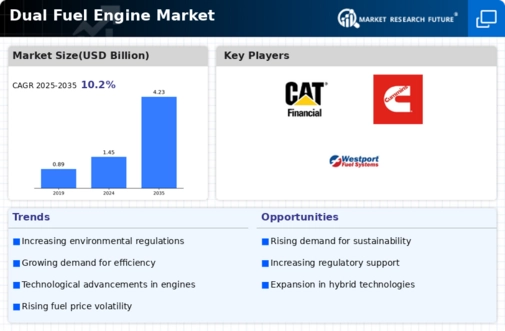
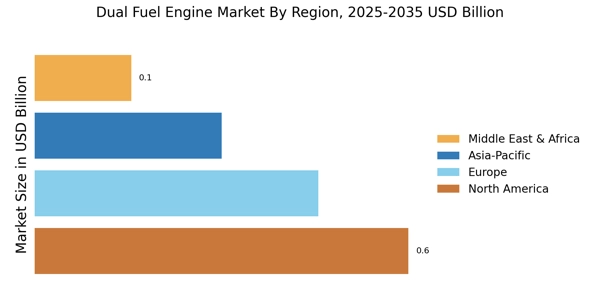
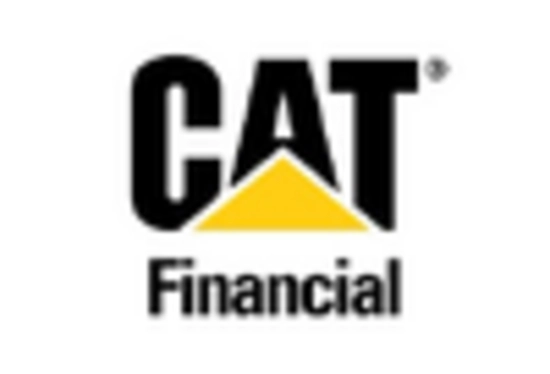
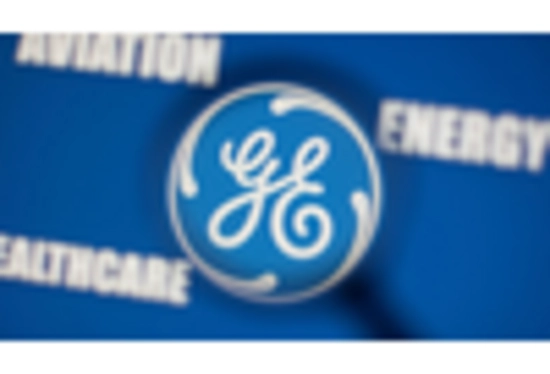
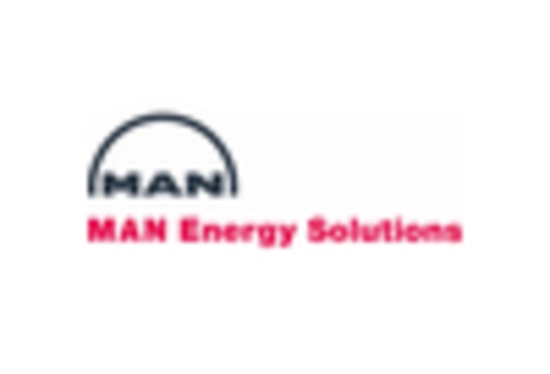
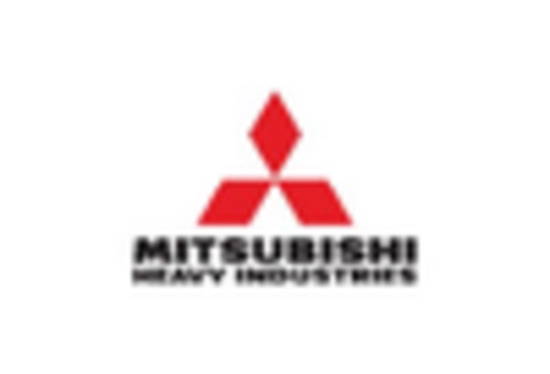










Leave a Comment